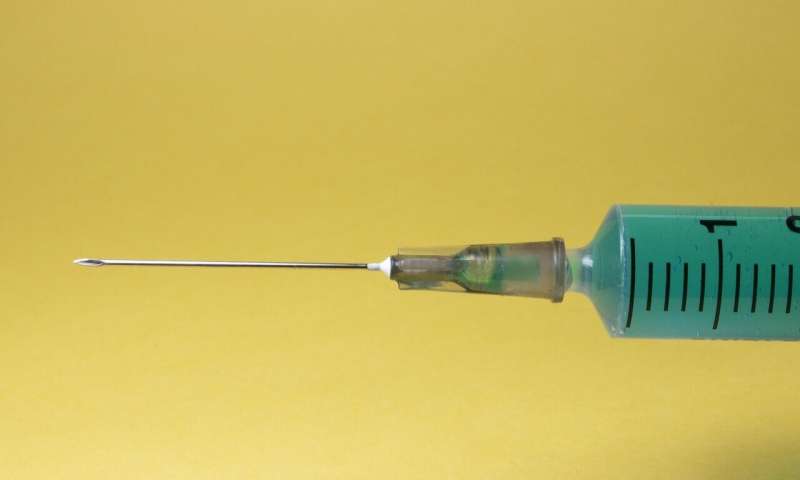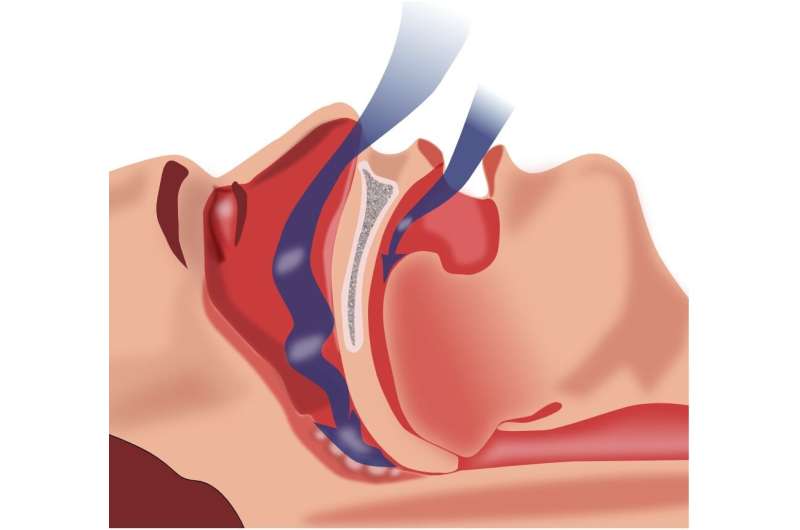Innovative Rehabilitation Technique Enhances Gait Recovery in Stroke Patients via Spinal and Hip Stimulation

A new neuromodulation approach combining spinal and hip stimulation shows promising results in improving gait in chronic stroke patients, offering hope for enhanced recovery.
Stroke remains a major cause of long-term disability worldwide, often resulting in significant gait impairments that affect over 80% of survivors. These walking difficulties decrease independence and participation in daily and social activities, severely impacting quality of life. While some patients regain partial mobility, many continue to experience reduced walking speed and coordination issues. Alarmingly, around 22% of stroke survivors are unable to walk again, limiting them to indoor environments or severe community restrictions.
Traditional physical rehabilitation methods—such as therapist-guided walking exercises, treadmill training, and strength routines—offer benefits but frequently fall short of fully restoring efficient gait in chronic stroke cases. Consequently, there is increasing interest in noninvasive neuromodulation techniques that could promote neuroplasticity and enhance motor recovery.
Addressing this challenge, researchers led by Professor Toshiyuki Fujiwara and Dr. Mami Tani from Juntendo University developed the FAST walk system. This innovative approach aims to improve gait function by leveraging electromyography (EMG) to synchronize spinal and hip stimulation precisely during active walking phases.
The FAST walk system is an EMG-triggered device that combines transcutaneous spinal cord stimulation with targeted stimulation of the hip extensor muscles. By utilizing the patient’s own muscle signals, it stimulates during critical gait phases to boost spinal circuit excitability and activate reflexes like the crossed extensor reflex, which are vital for coordinated lower limb movement.
This method was evaluated through a randomized controlled trial involving three groups: those using FAST walk, those receiving spinal stimulation alone, and a treadmill training group. Each group participated in two gait training sessions weekly over five weeks, aligning with Japan’s healthcare regulation limiting rehabilitation to 260 minutes per month. Results showed that all groups improved their walking speed beyond the clinically meaningful threshold of 0.15 m/s; however, the FAST walk group demonstrated a statistically significant within-group improvement, emphasizing the added benefit of the combined stimulation approach.
Although the study did not observe significant changes in spinal reciprocal inhibition—likely due to measurement limitations—the early findings indicate that FAST walk is a feasible, safe, and potentially effective intervention for post-stroke gait rehabilitation. Notably, these improvements occurred within a short and constrained intervention period, underscoring its clinical promise.
Professor Fujiwara expressed optimism that this technology could evolve into a new therapeutic modality, especially for patients with chronic stroke (more than 6 months post-stroke), a group traditionally considered difficult to treat with conventional therapies. Future research should include larger sample sizes, longer follow-ups, and more detailed gait analyses to refine stimulation parameters and evaluate the specific role of hip extensor stimulation.
In conclusion, the FAST walk system offers a promising, noninvasive strategy to enhance gait recovery in chronic stroke survivors, representing a significant step toward integrating neuromodulation techniques into standard post-stroke rehabilitation.
Source: MedicalXpress
Stay Updated with Mia's Feed
Get the latest health & wellness insights delivered straight to your inbox.
Related Articles
Chickenpox Vaccination Policies: UK Approves the MMRV for Under-Fours Amid US Restrictions
The UK and US adopt contrasting policies on chickenpox vaccination for young children, with the UK approving the MMRV vaccine to enhance coverage, while the US restricts its use due to safety concerns. Learn about the implications for public health and childhood immunity.
Maternal Gut Microbiome Composition and Its Potential Link to Preterm Births
A groundbreaking study links early pregnancy gut microbiome, especially *Clostridium innocuum*, to the risk of preterm birth, highlighting new preventive strategies.
The Dangerous Dual Nature of Scopolamine: From Motion Sickness Treatment to Criminal Weaponization
Scopolamine, known as 'devil's breath,' is a medication for motion sickness but has been misused in crimes involving memory loss and assault. Learn about its risks and criminal implications.
Mounjaro Approved for Sleep Apnea Treatment: How the Weight Loss Drug Works
Australia has approved the use of Mounjaro, a weight-loss drug, for treating sleep apnea in obese adults. Learn how this medication works and its potential benefits.



